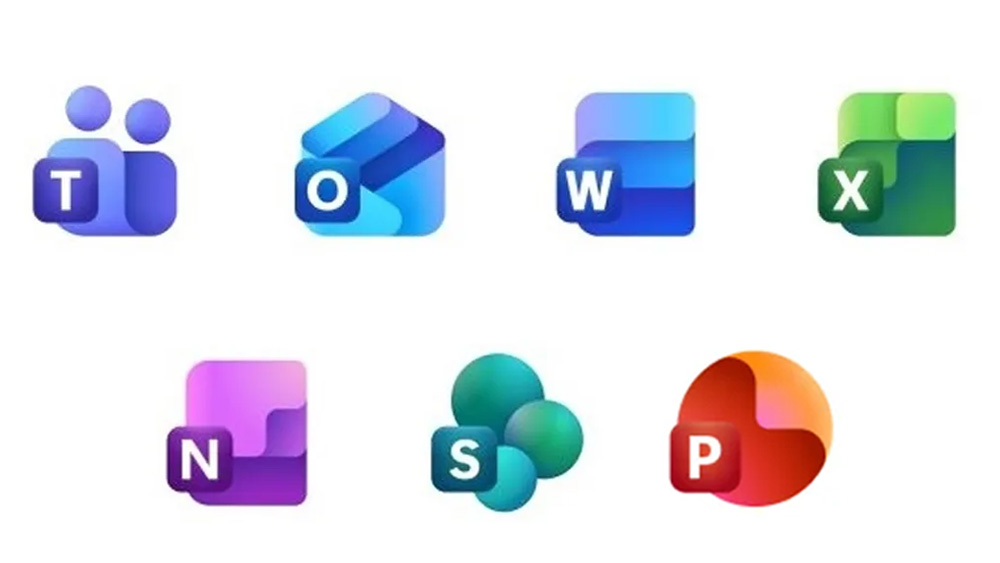OpenAI's Accelerated Testing Raises Concerns Over AI Model Safety

OpenAI, a leading figure in the field of artificial intelligence, has drastically reduced the time and resources dedicated to testing the safety of its sophisticated AI models. This alarming shift has raised significant concerns that the company might be prioritizing speed over safety, potentially rushing technology to market without adequate safeguards.
In recent weeks, staff and third-party evaluators have been given alarmingly short timelinesoften just a matter of daysto conduct what OpenAI refers to as evaluations. These evaluations are critical assessments designed to examine the risks and performance of the organizations latest large language models (LLMs). This marks a stark contrast to the previous approach, where testing periods could extend for several months, allowing for a more thorough examination.
According to insights from eight individuals familiar with OpenAI's testing protocols, the shift toward expedited assessments has resulted in less comprehensive testing. There is growing concern that insufficient time and resources are now allocated to identifying and mitigating potential risks. As OpenAI continues to grow in valuationapproaching a staggering $300 billionthere is mounting pressure to release new models quickly in order to maintain a competitive edge in a rapidly evolving market.
One individual involved in testing OpenAIs forthcoming model, known as o3, which is tailored for complex problem-solving and reasoning tasks, expressed grave concerns about the current testing regime. We had more thorough safety testing when [the technology] was less important, they remarked. With the growing capabilities of LLMs, the potential for misuse or weaponization of this technology has escalated significantly. But because there is more demand for it, they want it out faster. I hope it is not a catastrophic mis-step, but it is reckless. This is a recipe for disaster, they warned.
The urgency to accelerate testing procedures stems from competitive pressures, as OpenAI finds itself in a race with other technology giants such as Meta and Google, alongside emerging startups like Elon Musks xAI. These competitors are also keen to leverage cutting-edge advancements in AI technology, which places additional strain on OpenAI to innovate and release products expediently.
As the landscape of AI safety remains largely unregulated, it is noteworthy that the European Unions AI Act will soon require companies to conduct safety evaluations on their most powerful models starting later this year. In the past, AI organizations, including OpenAI, have made voluntary commitments to engage with governments in the UK and US, allowing researchers from AI safety institutes to conduct tests on their models.
OpenAI has been pushing for the release of its new model o3 as early as next week, granting testers less than a week to carry out their safety checksthis timeline could potentially shift. In stark contrast, the previous model, GPT-4, released in 2023, benefitted from a six-month testing period allowing for comprehensive evaluations before its introduction to the market.
One tester for GPT-4 recounted that some dangerous capabilities of the model were only identified two months into the testing phase. They are just not prioritizing public safety at all, they stated, critical of OpenAI's current testing approach.
Theres no regulation saying [companies] have to keep the public informed about all the scary capabilities . . . also theyre under lots of pressure to race each other, so theyre not going to stop making them more capable, added Daniel Kokotajlo, a former OpenAI researcher who currently leads the non-profit organization AI Futures Project.
OpenAI has previously made commitments to develop customized versions of its models aimed at assessing potential misusesuch as determining whether its technology could aid in making a biological virus more transmissible. This involved substantial resources, including assembling specialized datasets pertinent to virology and employing a technique known as fine-tuning to train the models.
However, OpenAI has mostly accomplished this on older, less capable models rather than its more advanced iterations. When examining the safety and performance report for o3-mini, a smaller model released earlier this year, it references how its predecessor, GPT-4o, was capable of conducting a specific biological task only when fine-tuned. Curiously, OpenAI has not disclosed how its newer models, including o1 and o3-mini, would perform if subjected to a similar fine-tuning process.
Steven Adler, a former safety researcher at OpenAI, expressed his concerns regarding the lack of follow-through on their commitments to safety testing. It is great OpenAI set such a high bar by committing to testing customized versions of their models. But if it is not following through on this commitment, the public deserves to know, he stated. Adler further emphasized that neglecting these tests could lead to dangerous underestimations of the potential risks associated with their models.
People knowledgeable about these evaluations indicated that the costs are significant, encompassing the hiring of external experts, the creation of specialized datasets, and the usage of internal resources and computing power. In defense of their current practices, OpenAI stated it has made strides in streamlining its evaluation processes, including the use of automated testing which has resulted in reduced timeframes. They also asserted that there is no universally accepted standard for strategies like fine-tuning, yet expressed confidence that their methodologies are effective and transparently documented in their reports.
Johannes Heidecke, head of safety systems at OpenAI, remarked, We have a good balance of how fast we move and how thorough we are. However, another pressing concern is that safety tests often do not occur on the final models that eventually reach the public. Instead, they are conducted on earlier checkpoints that may undergo updates aimed at enhancing performance and capabilities, with near-final versions cited in OpenAIs safety reports.
A former technical staff member at OpenAI lamented this practice: It is bad practice to release a model which is different from the one you evaluated. In response, OpenAI assured that the checkpoints are basically identical to the final products released to the public, though this assurance does little to alleviate concerns about the pace and thoroughness of their testing protocols.














